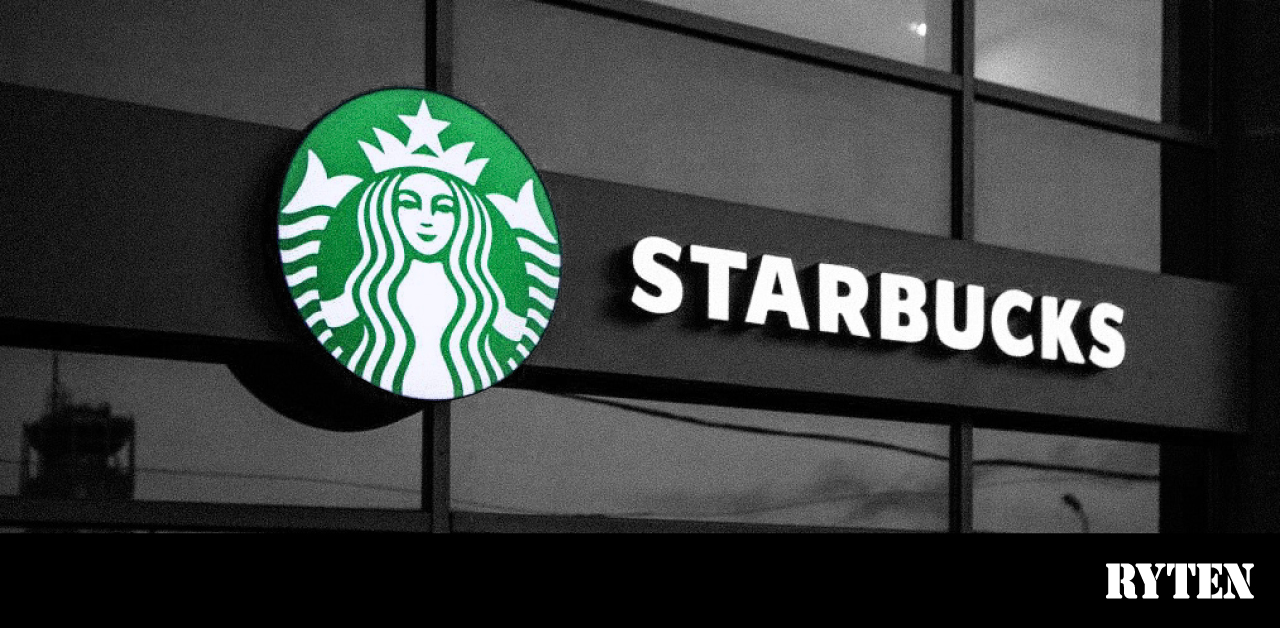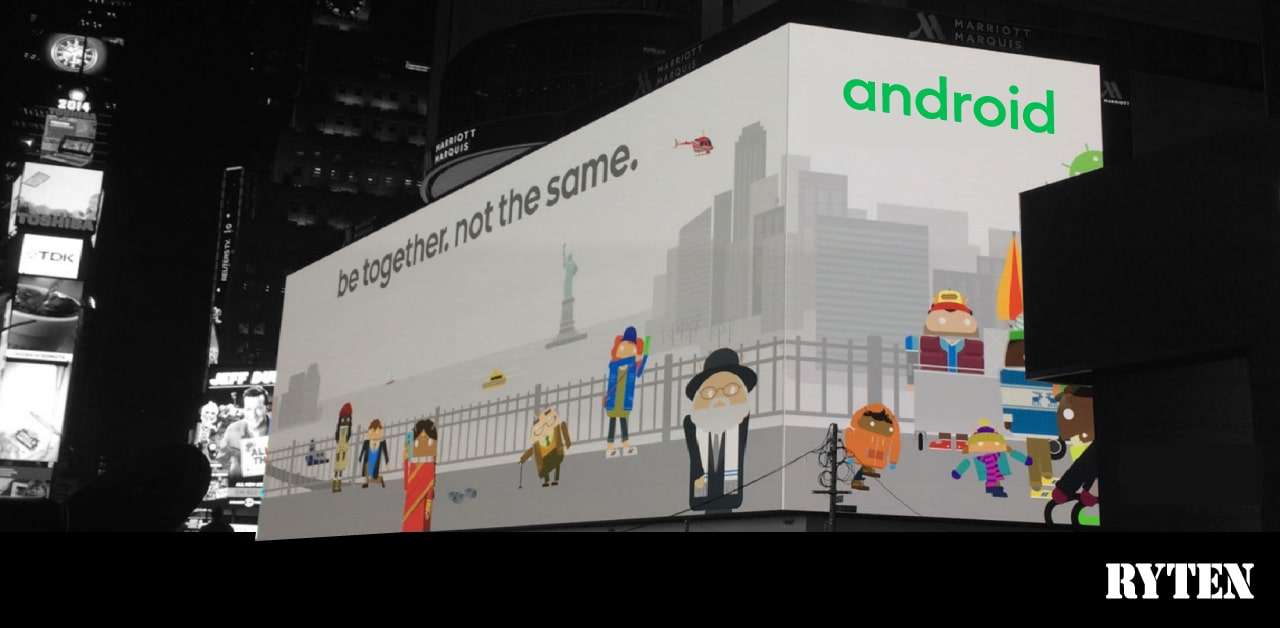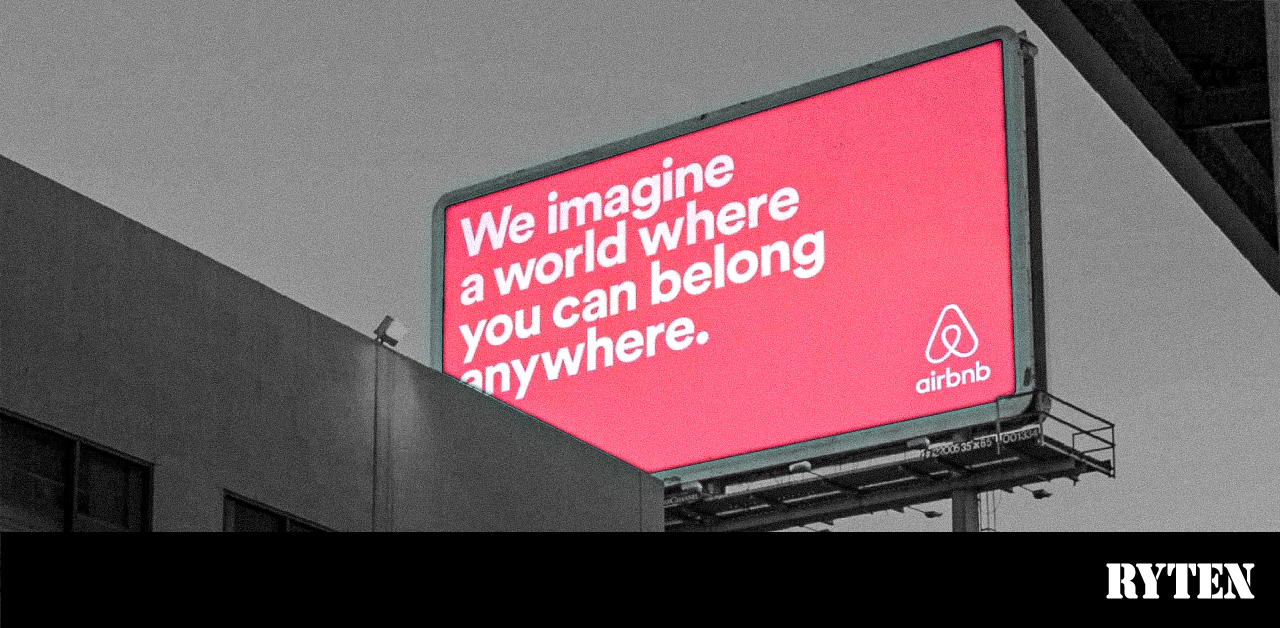FROM BEING THE #1 KID’S CHANNEL TO THE #1 KID’S CHOICE: SUCCESS STORY OF NICKELODEON

5 Fantastic Facts About Nickelodeon:
- For 15 years Nickelodeon has been the number one rated cable network, reaching over 98 million American households, and can be viewed in over 175 countries.
- Up until now, Ariana Grande is the most successful Nickelodeon star.
- The classic Nickelodeon green slime that is dumped on game show contestants and celebrities, is mostly vanilla pudding, applesauce, oatmeal, and green food coloring.
- Rugrats is the only Nickelodeon cartoon to have a star on the Hollywood Walk Of Fame.
- A fungi was named after the popular cartoon character SpongeBob SquarePants.
Introduction
Nickelodeon, also known as Nick, an American basic cable and satellite television channel that is part of the Nickelodeon Group, a unit of the ViacomCBS Domestic Media Networks division of ViacomCBS, focused on programs aimed at children and teenagers. Being one of the top-rated networks in the history of cable television, it has since expanded to include four spin-off digital cable and satellite networks in the United States, and international channels on six continents.
How Nickelodeon Started
The popular American cable and satellite television network, Nickelodeon’s original concept was conceived by Dr. Vivian Horner, a director of research on The Electric Company. On 1st December of 1977, the channel began life as a test broadcast only as part of QUBE, an early cable television system broadcast locally in Columbus, Ohio. It was December 1978, when the QUBE team planned on making a move to national television and becoming its own cable channel. Nickelodeon was “officially” launched on the 1st April of 1979 at 10:00 a.m. EST to Warner Cable franchises across the United States. Since then Nickelodeon quickly expanded its audience reach all across the country and eventually to other countries and there was no going back from there.
The Story Behind Name and Logo
Contrary to what many believe, “Nickelodeon” is not a name that was made up from “The Network”, rather the channel’s name comes from the first five-cent movie theaters called nickelodeons, which rather came from an ancient Greek word “odeion”, referring to a roofed-over theater. Even though it started as “The Network” in 1977 but by 1979, the name was changed to Nickelodeon. Designer and creative consultant Joseph Iozzi explained that “nickelodeon” felt like a natural fit for the channel, as the nickelodeon was “a turn of the century device for dispensing entertainment”, and the sound of the word was “nice and rolled off the tongue easily”.
The first logo of “The Network” showed a man in a bowler hat looking into a Nickelodeon machine. Iozzi designed the first Nickelodeon logo which obviously went through various redesigns after that, also ending up with the famous “splat” logo debuting in 1984, as the orange splat represents the infamous slime that Nickelodeon has been best known for. In February 2009, Nickelodeon unveiled an entirely new simpler, and cleaner logo for the first time in more than 24 years, stating that the main reason for changing the logo is to connect Nickelodeon, Nick at Nite, Nicktoons, Nick Jr. and TeenNick, all of which will use the new logo.
First Model
As stated earlier, Dr. Vivian Horner, an educator first created the concept of Nickelodeon. The very first series was named Pinwheel which premiered in 1977. It became successful and Horner got the opportunity to expand her idea and make it a full channel on national television.
The channel was positioned as a loss leader for the parent company Warner Cable and it was basically a commercial-free children’s channel. The concept of being commercial-free was a game-changer for the channel with the advantage that put them over rival companies such as the renowned HBO.
The initial programs on Nickelodeon included Pinwheel, Video Comic Book, America Goes Bananaz, Nickel Flicks, and By the Way. Pinwheel was played for three to five hours a day as the flagship series.
Tough Time
The channel struggled a lot and was operating at a loss of $10 million by 1984 because it had lacked successful programs. During its first year, a few shows failed to gain traction including “Against the Odds” and “Going Great.” This caused stagnating viewership and at one point it was getting lost among all other US cable channels. This was a very tough time for the channel but then they took steps and fired its management staff. After firing the then management, MTV Networks president Bob Pittman turned to Fred Seibert and Alan Goodman, who created MTV’s iconic IDs a few years earlier, to reinvigorate Nickelodeon, leading to what many people believe to be Nickelodeon’s golden age.
Future of Nickelodeon
The current Nickelodeon app was developed in 2013. An enhanced version of this app will be available to download on Android phones in addition to Android tablets, Windows tablets, Windows phones, Facebook Nintendo’s Oculus VR and IPad by January 2024. It’ll be free to download but come with an annual fee of about $90 and let viewers watch all shows from the beginning to two days after the new episode’s original air date.
The channel is now focusing on onboarding 3 new series, debut new episodes of some shows that include Big Nate, Blaze and the Monster Machines, Spongebob Squarepants, Middlemost Post, Kamp Koral: Spongebob’s Under Years, The Patrick Star Show, Paw Patrol, Blue’s Clues & You, and aiming to expand the global footprint of beloved properties through spinoffs, theatricals and additional seasons.
Key Milestones of Nickelodeon
1977: The first Nickelodeon logo was introduced in 1977, which depicts a man looking into a kinetoscope within the letter “N” of the wordmark.
1978: The original concept of Nickelodeon was conceived by Dr. Vivian Horner, who also created Nickelodeon’s first original series Pinwheel.
1979: Nickelodeon was officially launched as a national cable network on April 1, 1979.
1981: On April 1, 1979, Nickelodeon positioned itself as the first television channel for kids.
1991: One of the most successful cartoons of Nickelodeon, Rugrats about eight babies going on adventures and dealing with situations from day to day. It aired from August 11, 1991, to June 8, 2004.
1993: Rocko’s Modern Life was the fourth Nicktoon, aired from September 18, 1993, to November 24, 1996. The show concentrated on the life of a wallaby named Rocko trying to survive everyday modern life in the city of O-Town.
1999: The top spot for Ranker voters’ all-time favorite Nickelodeon cartoon, SpongeBob SquarePants is an animated television series that premiered with a sneak-peek preview after the Kids’ Choice Awards on May 1, 1999.
2001: The Fairly OddParents is a fantastical comedy Nicktoon that first aired in the United States of America on March 30, 2001, and ended on July 26, 2017.
2004: Combining action and comedy with superhero adventures, Danny Phantom premiered on April 3, 2004.
2005: Avatar: The Last Airbender (also known as Avatar: The Legend of Aang) is an American animated television series that aired for three seasons on Nickelodeon.
2006: On January 4, 2006, Scannell resigned from Nickelodeon after spending ten years as the president of the network.
2009: On September 28, 2009, the new logo made its official debut on Nickelodeon (although it was accidentally used by the network two days earlier alongside the old logo).
2011: After having been the highest-rated children’s network in the first half of the year, the viewership of Nickelodeon experienced a sharp double-digit decline by the end of 2011.
2012: 17-year streak as the highest-rated cable network in total day viewership was broken by Disney Channel in that year.
2019: In January 2019, Viacom acquired the streaming platform Pluto TV, and later made a channel for Nickelodeon, including specific media for Dora the Explorer and Teenage Mutant Ninja Turtles.
2022: On April 9, 2022, Nickelodeon won its 35th Annual Kids’ Choice Awards in Barker Hangar.






